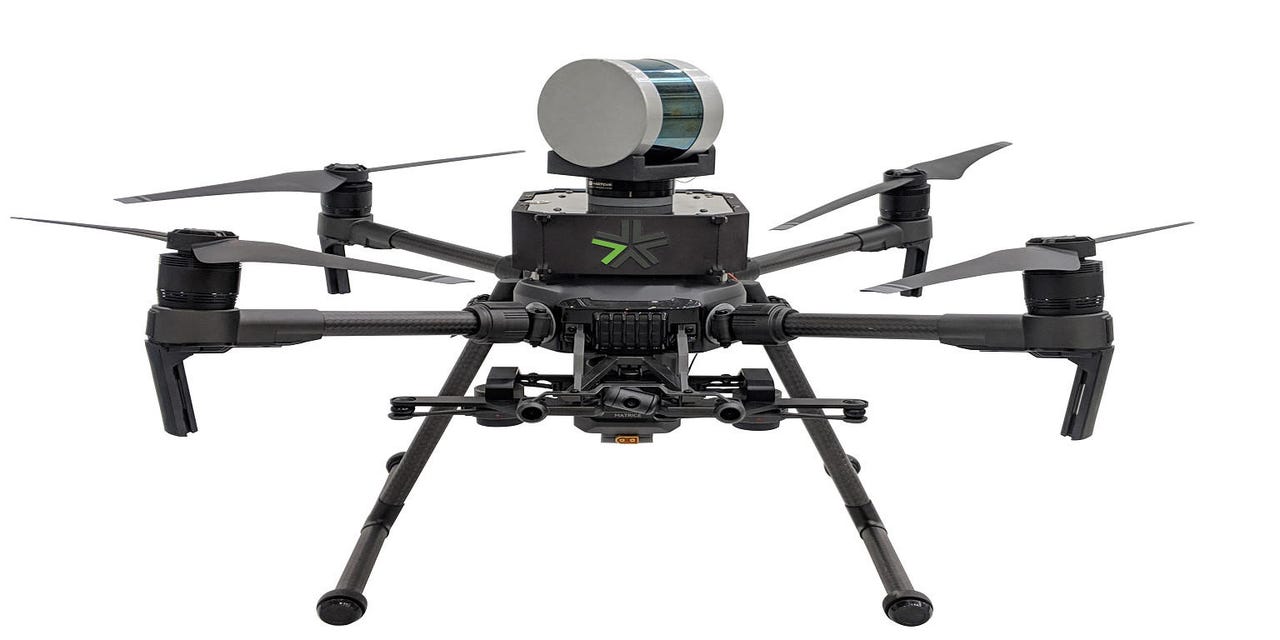Robotic drones: Coming to a war near you


Autonomous drones may soon be following troops into combat to serve as eyes in the sky and conduct detailed surveillance and reconnaissance missions. To date, drone use by military personnel has largely fallen into the category of "piloted" UAV deployments.
The use of autonomous drones extends the flexibility of drone deployment for on-the-ground operators. It also raises important questions about the use of autonomous and robotic systems in national defense.
"Our aerial robots provide unique capabilities that the Government is seeking to develop and deploy. They are completely self-sufficient and a significantly valuable asset in providing superior situational awareness," said Nader Elm, CEO of Exyn Technologies, one of the companies pushing the development of autonomous UAV for security and defense applications.
Exyn began developing for the enterprise and is active in sectors like oil and gas and infrastructure inspection. The company's drones are designed to work in complex, GPS-denied environments where unknown terrain and uncertain ground conditions can make life perilous for soldiers.
Those abilities make the drones well-suited to defense applications as well. In contrast to other unmanned aerial vehicles used for ground warfare, which predominantly rely on a pilot, Exyn's drones are fully autonomous and operate without the need for a human operator or pre-loaded maps. A new mission behavior called Scoutonomy enables Exyn drones to further collect key data to support military intelligence, surveillance, and reconnaissance, such as mapping terrain and tangible structures and identifying the location of enemy forces and equipment.
It's important to note that Exyn's drones are surveillance tools and are not weaponized. As such, they are not subject to strict limitations under Department of Defense Directive 3000.09, which requires a human in the loop in use-of-force situations and prescribes limitations on autonomous weapons to prevent them from firing in case communications are lost. But the increasing prevalence of autonomous systems in defense does point to shifting attitudes within the U.S. Department of Defense and signals a further reliance on robotic tools in war fighting.
Developers like Exyn argue that autonomous systems can help keep soldiers safe and avoid operational mishaps due to inadequate or inaccurate intelligence.
"We're most proud of our robots' ability to identify threats, reduce operational risks and save soldiers' and civilian lives in unknown and volatile situations," says Elm. "Now you can send a drone to perform highly sensitive missions that are far too dangerous for human soldiers, and acquire data that is unprecedented in its level of detail, accuracy and timeliness."
It's also worth pointing out that there are civilian applications for the technology, including supporting disaster response and search-and-rescue efforts. Drones like Exyn's can help keep human responders out of harm's way while accelerating the search for survivors trapped in hard-to-reach areas. Because Exyn's drones can cover more area and relay critical information more quickly than many other systems, they are potentially life saving tools for coordinating ground team response, which is typically the most time-consuming aspect of search-and-rescue.
But the real money is in defense, not in search and rescue. It's a safe bet we're going to see an increasing number of autonomous UAV platforms targeting military applications.